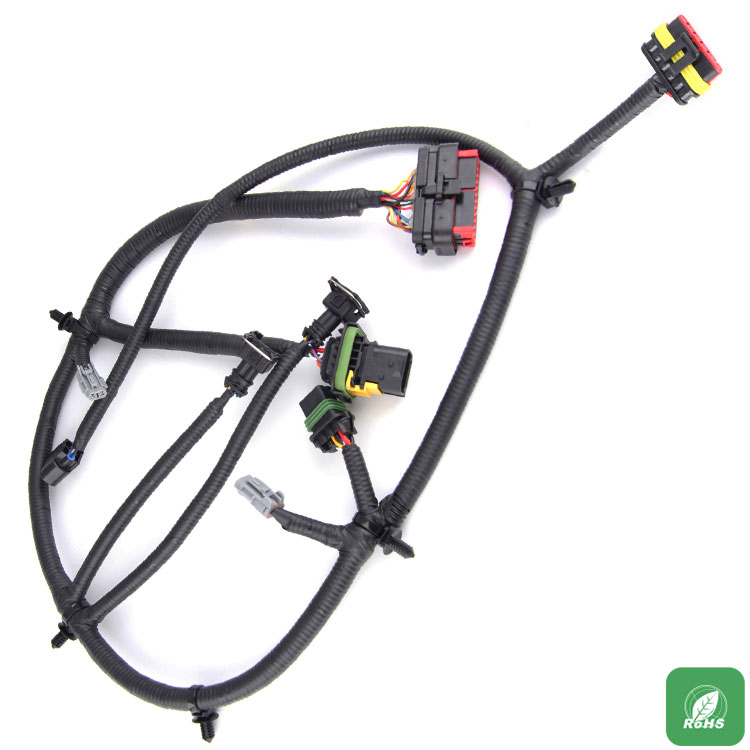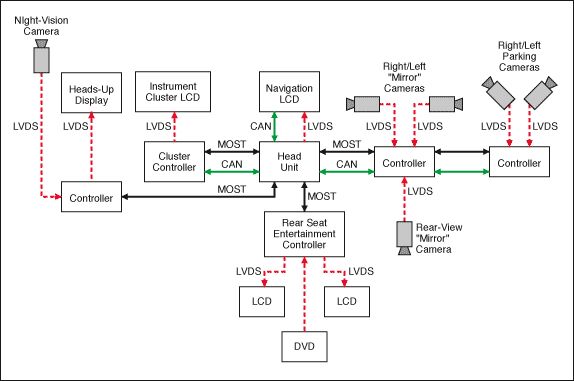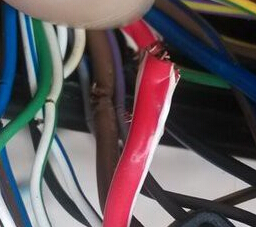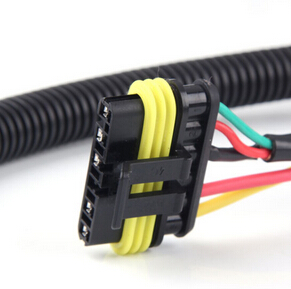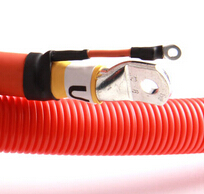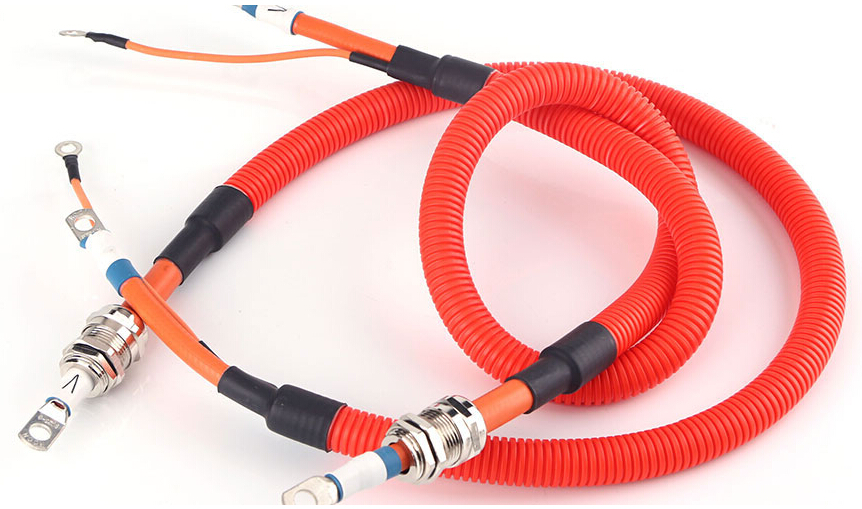1, consider the ease of installation and assembly process feasibility
(1) The connector of the wiring harness should be placed in a position where it can be touched by the hand, or after simply dismantling some body parts, the connector can be touched. For connectors that can only be inserted and removed with one hand, the other connector must be fixed to the body.
(2) Considering the through-hole space of the wire harness and the connector, the sealing of the via hole, and the fixing of the connector to meet the convenience and high efficiency of threading and plugging operations under actual conditions; for example, the maintenance rate of the instrument, audio, air conditioning panel, etc. A relatively high electrical device or switch has its rear end harness reserved for easy insertion and removal.
(3) The connectors with the same model and color are not arranged in the vicinity, and the various plug-in components are distinguished to avoid mis-insertion, damage to harnesses and electrical appliances during the assembly process.
2. Consider the fixing and protection of the harness
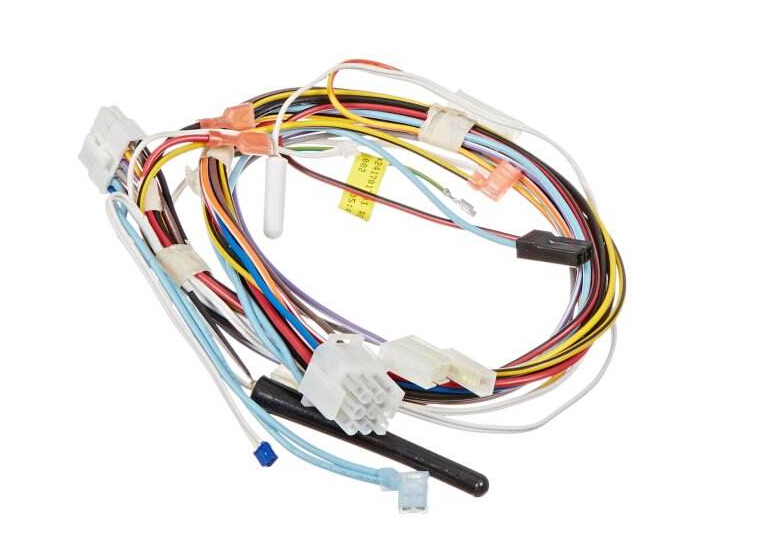
(1) According to the direction of the wire harness and the specific shape of the vehicle body, a fixed point should be reasonably set. The distance between two fixed points on a straight line without a fulcrum should not exceed 300 mm; a fixed point can be arranged at the obtuse-angle inflection point; 2 fixed points; avoid sharp corners in the harness.
(2) According to the direction and size of the wire harness, a fixed buckle is reasonably selected, and its position is indicated. In the mounting direction of the fixed buckle, there must be enough space to facilitate the installation and disassembly of the buckle.
(3) In the position of the connector that is connected to other harnesses and electrical components, increase the fixing point at a proper position not greater than 120 mm in front of the connector to reduce the shock to the terminals in the connector. Add a fixed point at the branch of the main harness, the distance from the fulcrum is not greater than 100 mm
(4) In order to maintain the gap between the wire harness and the periphery, some positions need to use hard pipe or splint to ensure that the wire harness is not deformed. In order to ensure the directionality of the harness, snaps with positioning should be used in some locations.
(5) When the number of connectors is large, the fixed position must be fully considered. If necessary, the harness slot and wire harness bracket should be designed so that the part where the wire harness leaks and the friction between the body and the vehicle body is protected by a bellows.
(6) Do not directly touch the sharp edges of the vehicle body. Increase the protection to prevent the sharp edges of the vehicle body from damaging the outer insulation layer of the wiring harness. The plugs connected to the vibration or moving parts must be fixed to avoid the transmission of vibration on the wire harness.
















 RCCN WeChat QrCode
RCCN WeChat QrCode Mobile WebSite
Mobile WebSite